Preparation for Planting:
The best soil for roses will be deep, for the roots to get well down into, it will also be neutral acidity, well drained and with plenty of organic matter dug in like well rotted compost. Take care to remove any weeds when you dig in the compost - roses don't like competitors. It will also need to be a sunny spot that is not exposed to very strong winds.
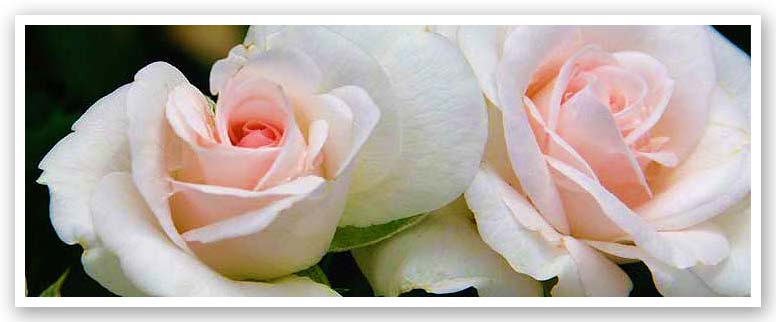
Don't try growing roses in areas where there is more shade than sun - a little shade in the day is OK but too much and they'll suffer, become more susceptible to fungal and insect attacks and not produce the enough blooms.
Bare Root or Potted:
You can buy roses with no soil around the roots with just a plastic bag to protect them when they are dormant or you can buy them in pots the rest of the time. The bare-rooted ones can have their roots trimmed a little if necessary before planting but the potted ones should have their roots treated carefully whilst planting out.
A little, gentle teasing out of the roots will help a pot-bound rose to create open, spreading, healthy roots but vigorous root disturbance of a growing rose will not be helpful and may upset it terminally. Root damage can also lead to the production of "Suckers" (see further on in is article).
Planting: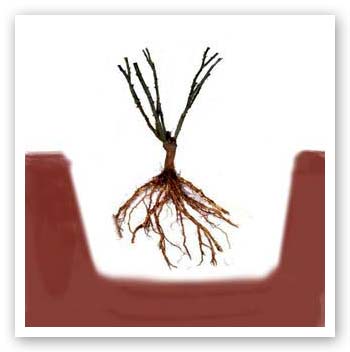
To plant either just dig a hole, at least twice the size of the rootball and place it in the hole so that the bud union (where the first branch grows from the stem) is just slightly above ground level. Sprinkle a planting mixture enriched with blood and bone carefully over the roots and firm it down (this has the effect of taking the bud union down to ground level).
Now soak the soil with water for a few minutes. If the plant has grown a lot of foliage or flower buds whilst in the pot it is a good idea to trim some of it back at planting out time. This helps the rose to put energy to root development rather than having to support too many demanding leaves or flower buds at this stressful time.
Roses like a good supply of moisture so its also a good idea to mulch well around them with compost and woodchip on top to a depth of around 10-12cms. This will deter the weeds and retain moisture whilst maintaining a steadier soil temperature.

Deadheading:
Most plants aim in life is to produce flowers in order to have them mature to fruit ( a bit like humans) - in the case of the rose its offspring is the rosehip. If you "Deadhead", that is remove dead flower heads as soon as they are past their best then the plant has not succeeded in producing its fruit and will create a new flower to hopefully achieve its ambitions.
This "Cheating" of the rose is the best way to maintain a strong flush of flowers throughout the season. Some people cut back the stem below the dead head to a length of about 10cms to ensure maximum effect. If nothing else it will keep your rose bushy.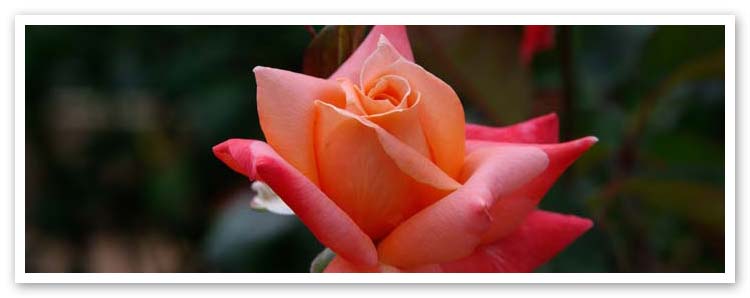
Feeding:
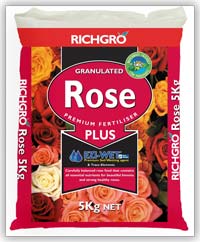 But the rose will soon tire of all this activity and will become poorly looking and more susceptible to disease unless you feed it regularly. Apply a balanced general purpose fertiliser, or a proprietary "Rose" fertiliser in spring and again in summer.
But the rose will soon tire of all this activity and will become poorly looking and more susceptible to disease unless you feed it regularly. Apply a balanced general purpose fertiliser, or a proprietary "Rose" fertiliser in spring and again in summer.
Some people recommend foliar sprays as a way to feed roses and yes, they can take in nutrients through the leaves, but generally is not worth the effort as the roots are really much better designed for this purpose. You should also try to keep moisture from foliage where possible as it will encourage fungal attacks.
The special Rose formulations will be better for your roses as they also contain the correct balance of other minerals as well as the three main N,P&K - Nitrogen, Phosphorus & Potassium. Roses need these minerals - like Iron, Magnesium and Calcium to maintain good health.
On-going Care:
Watch out for suckers - these are side shoots that appear from the roots close to the plant. They are always weaker than properly produced stem shoots so don't let them grow - they are like the "Runts of the Litter" in animal terms.
If you live in a humid locality (e.g. east coast of Australia) then your roses will be more prone to fungal attacks. This will most likely show up as "Blackspot" which can be sprayed with one of the many rose fungicides.
Other problems can include "Spider Mites" which proliferate in hot, dry conditions. They create a bronzy discolouration on the surface of the leaves and can again be sprayed with a Miticide.

Scale can also be a blight for rose growers and its important to deal with it quickly so as not to get out of control. You can spray with PestOil or an insecticidal potassium soap like Natrasoap to suffocate them but i prefer to manually remove them with an old toothbrush, taking care to remove all debris from your property in a plastic bag in the garbage.
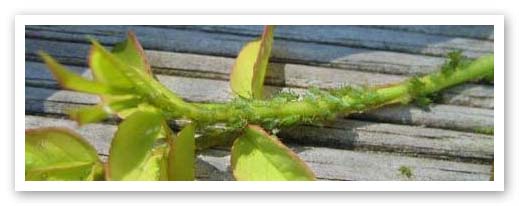
The biggest problem is generally aphids. With luck the ladybirds will come and "Chow Down" on them but otherwise its probably best to squash them with your fingers or blast them off with a hose. They will cluster around the base of a new flower bud or around the tender new growth of leaves. These new stems have such soft spikes that you can run your fingers up them and squash the bugs without hurting your fingers.
This is probably the reason for the term "Green Fingered" because greenfly squashing does make your fingers go very green - but it does wash off.
©2014GardensOnLine